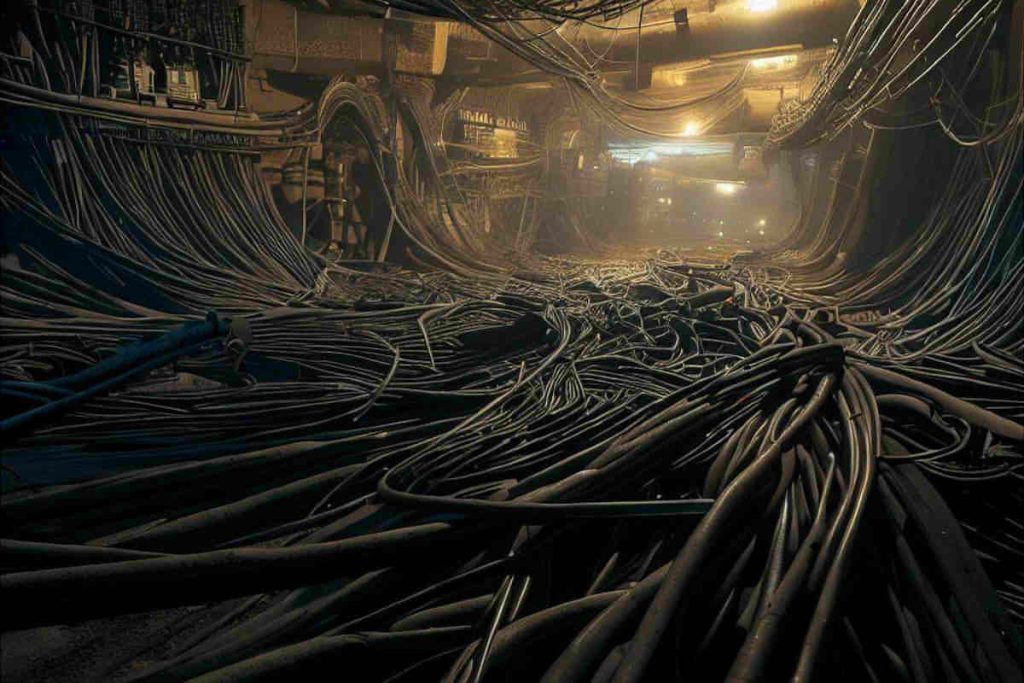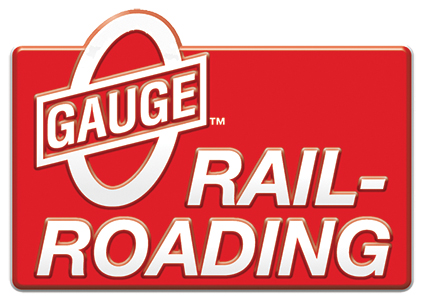In the next couple of weeks I will start wiring my new 7 X 21 foot layout which is supported by Mianne benchwork. On my last layout which was 6 X 15 and also used Mianne benchwork, I ran long zip ties through some of the predrilled holes in the benchwork and then routed the track and accessory wires through them. While that approach worked okay, I always wondered if someone had some better methods.
That thought popped in my head again today while I was thinking about the upcoming "wiring sessions".
Your thoughts?
Thank you.










































































